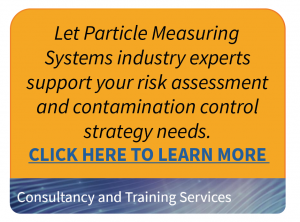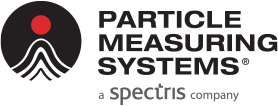The area surrounding an isolator/RABS pharmaceutical fill line can be a difficult area to control. There are many functions and moving parts that support the fill operations that occur in the controlled area just outside the controlled area that can greatly impact the process itself. Below are several pitfalls to be aware of that might be thwarting your contamination control efforts if you are currently working with a piece of fill equipment that did not include QbD in the design phase. Additionally, read on to see how these consequences might be reversed with a thorough Quality by Design Advisory analysis, even after the fact.
Contamination control considerations for the areas surrounding fill lines designed WITHOUT Quality by Design Advisory:
Problem: The Isolator cleanliness grade was classified without a work study, and therefore there is not a defendable rationale for clean area classification.
It is difficult to control all contamination entering the filling machine from the primary packaging, ambient environment and operator handling. Depending on the workflow and function of the area, you may be asked to defend your choice of classification by regulatory bodies.
Problem: The flow of materials likely takes the path of least resistance for your facility but may or may not follow the real needs of the process.
The equipment design was determined by ease of engineering or cost, not to the process (yield, duration, and control of the contamination). Consequently, there are now:
- Too many procedures to cover the process flow design gaps
- An increase in extra activities in the surrounding area
- A decrease in production yield due to inefficiencies
- An increase in contamination events due to inefficient materials flow
Contamination control considerations for the areas surrounding fill lines designed WITH a PMS Quality by Design Advisory Team:
Surround
- Workstudy/process flow evaluation is necessary for a justified & documented determination of the right clean area classification (C or D) for the room.
- A thorough evaluation of material handling by personnel and equipment before it is introduced to the isolator is necessary to establish what is best for the process.
Incoming Materials
- An evaluation should be performed to determine the best method to introduce materials into the isolator. This might be by conveyor, manual or other method determined to sufficiently limit environmental contamination or that inherent to the incoming materials.
- Evaluation of the positioning of RTP ports, gloves and pass boxes for decontamination
Material Storage and Handling
- An optimization study of material storage (type and quantity) is recommended to control baseline contamination in the area.
- Evaluation of the positioning of RTP ports and gloves for maximum functionality and access to the storage areas.
Outgoing Materials
- A process optimization should be performed to determine the least impactful and most efficient way to move materials out of the area.
- Perform an evaluation of the positioning of RTP ports and gloves for maximum functionality and access to the exiting product.
In the next blog in this series we will examine what cleaning and disinfection on a new fill line looks like with and without QbD implemented at the design phase. These examples come from real-world applications experienced by the Particle Measuring Systems’ Advisory Services Team. Our team has over 70 years of collective experience working in and advising cleanroom users around the world.
Want to read more? Jump to other released posts in this Quality by Design Advisory series:
- Part 1 of 6: Intro and Regulatory
- Part 2 of 6: Surrounding Areas (you are here)
- Part 3 of 6: Cleaning and Disinfection
- Part 4 of 6: Set up and Process Interventions
- Part 5 of 6: Environmental Monitoring
- Part 6 of 6: Activity Organization
Learn more… Get the full paper here.
Click here to learn more about how our Quality by Design Advisory Services Team can help you identify problems and suggest solutions to preserve the high quality of your products and processes.

